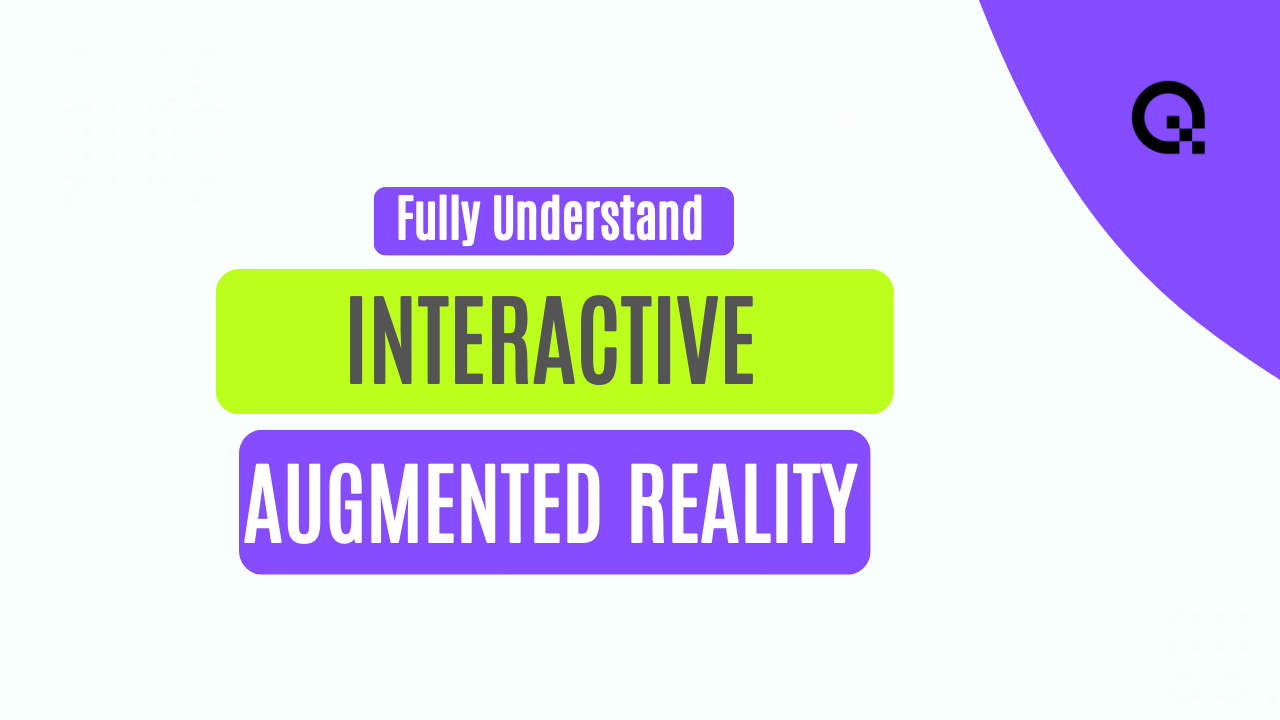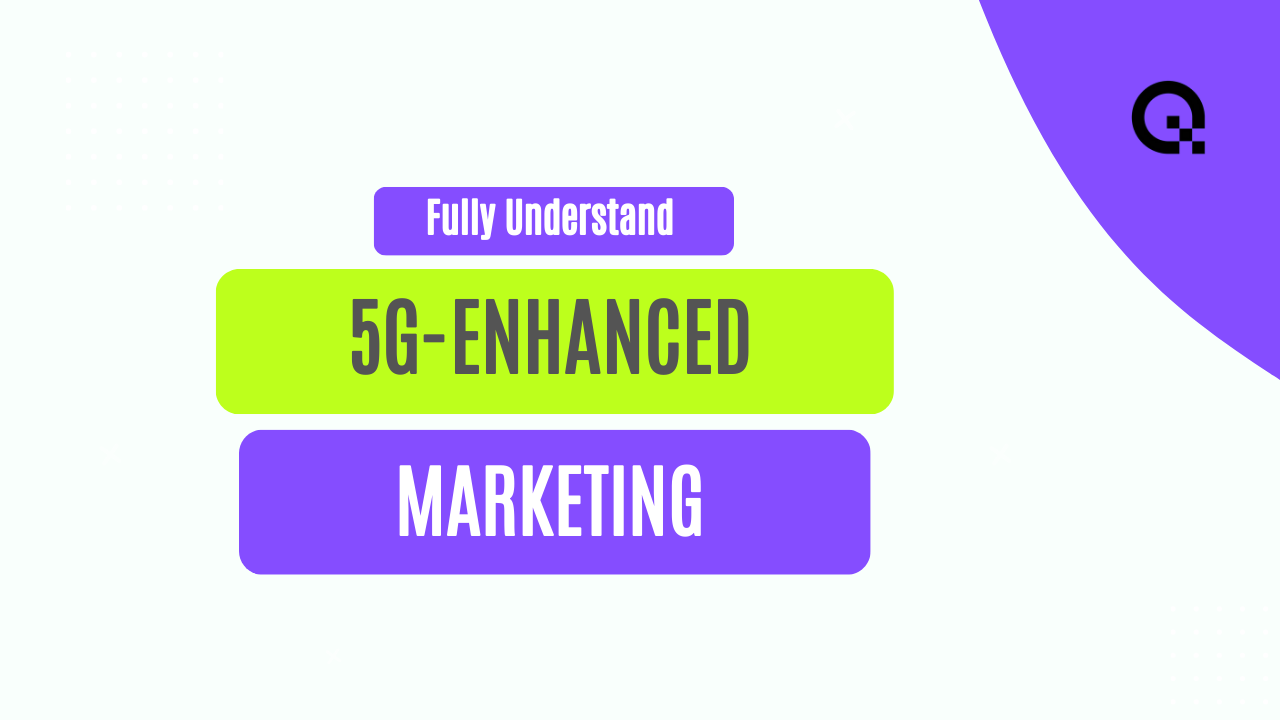The Future of Marketing: Interactive Outbound Ads with Augmented Reality
In the fast-paced world of marketing, staying ahead of the curve is essential to capturing the attention of consumers. One of the latest trends in advertising that is revolutionizing the industry is Interactive Outbound Ads with Augmented Reality (AR). This innovative approach combines the power of interactive content with the immersive experience of AR technology, creating a dynamic and engaging way to connect with audiences.
The Rise of Interactive Outbound Ads
Traditional outbound advertising methods, such as print ads, TV commercials, and billboards, are becoming less effective in today's digital age. Consumers are bombarded with ads everywhere they turn, leading to ad fatigue and a decline in engagement. In response to this shift, marketers are turning to interactive outbound ads to capture the attention of their target audience.
Interactive outbound ads allow consumers to engage with the content in a meaningful way, rather than passively consuming it. By incorporating elements such as quizzes, games, and interactive videos, brands can create a personalized and memorable experience for their audience. This level of engagement not only increases brand awareness but also drives higher conversion rates.
Augmented Reality (AR) technology takes interactive outbound ads to the next level by overlaying digital content onto the real world. By using a smartphone or AR glasses, consumers can interact with virtual objects and animations as if they were physically present in their environment. This immersive experience creates a sense of novelty and excitement, making the ad more memorable and impactful.
The Power of Augmented Reality in Marketing
AR technology has been gaining traction in various industries, from gaming and entertainment to retail and healthcare. In marketing, AR offers a unique opportunity to create interactive and engaging experiences that resonate with consumers. By incorporating AR into outbound ads, brands can differentiate themselves from competitors and capture the attention of tech-savvy audiences.
One of the key advantages of AR in marketing is its ability to bridge the gap between the digital and physical worlds. By blending virtual elements with the real environment, brands can create a seamless and immersive experience that blurs the line between reality and fantasy. This level of engagement not only captivates consumers but also fosters a deeper connection with the brand.
Furthermore, AR technology allows for personalized and interactive experiences that cater to the individual preferences of consumers. By tailoring the content to the user's interests and behavior, brands can deliver targeted and relevant ads that resonate on a personal level. This level of customization not only enhances the user experience but also increases the likelihood of conversion.
The Future of Marketing is Interactive
As technology continues to evolve, the future of marketing lies in creating interactive and immersive experiences that captivate and engage audiences. Interactive outbound ads with AR represent the next frontier in advertising, offering brands a unique opportunity to stand out in a crowded marketplace.
By leveraging the power of AR technology, marketers can create memorable and impactful campaigns that leave a lasting impression on consumers. Whether it's a virtual try-on experience for a fashion brand or a gamified ad for a tech company, the possibilities with interactive outbound ads are endless.
In conclusion, Interactive Outbound Ads with Augmented Reality are reshaping the marketing landscape and redefining the way brands connect with their audience. By embracing this innovative approach, marketers can create engaging and personalized experiences that drive brand awareness, loyalty, and conversion. The future of marketing is interactive, and AR is leading the way towards a new era of advertising.



